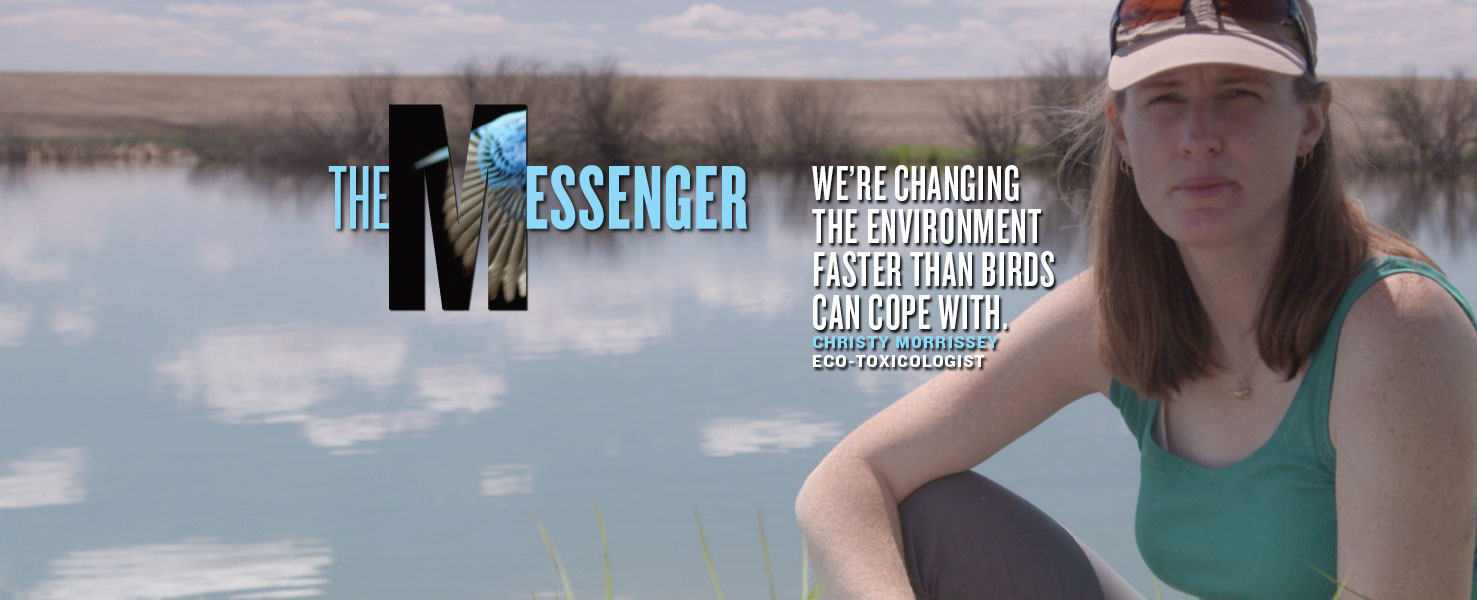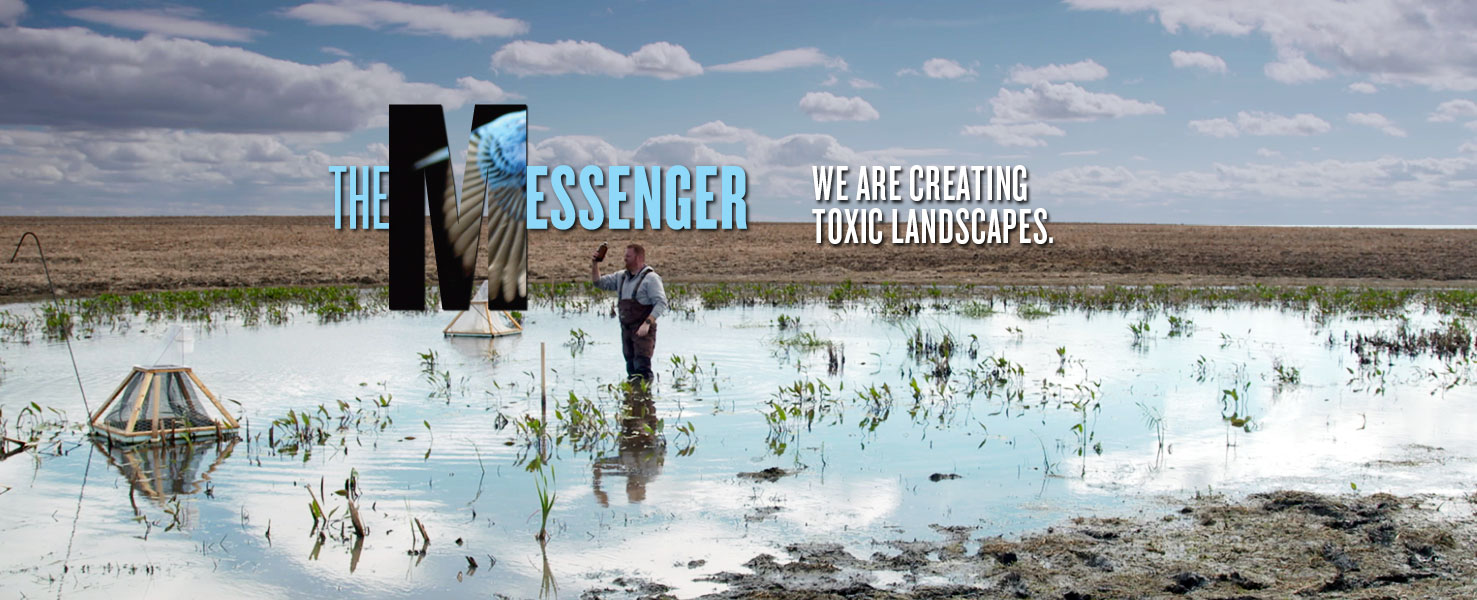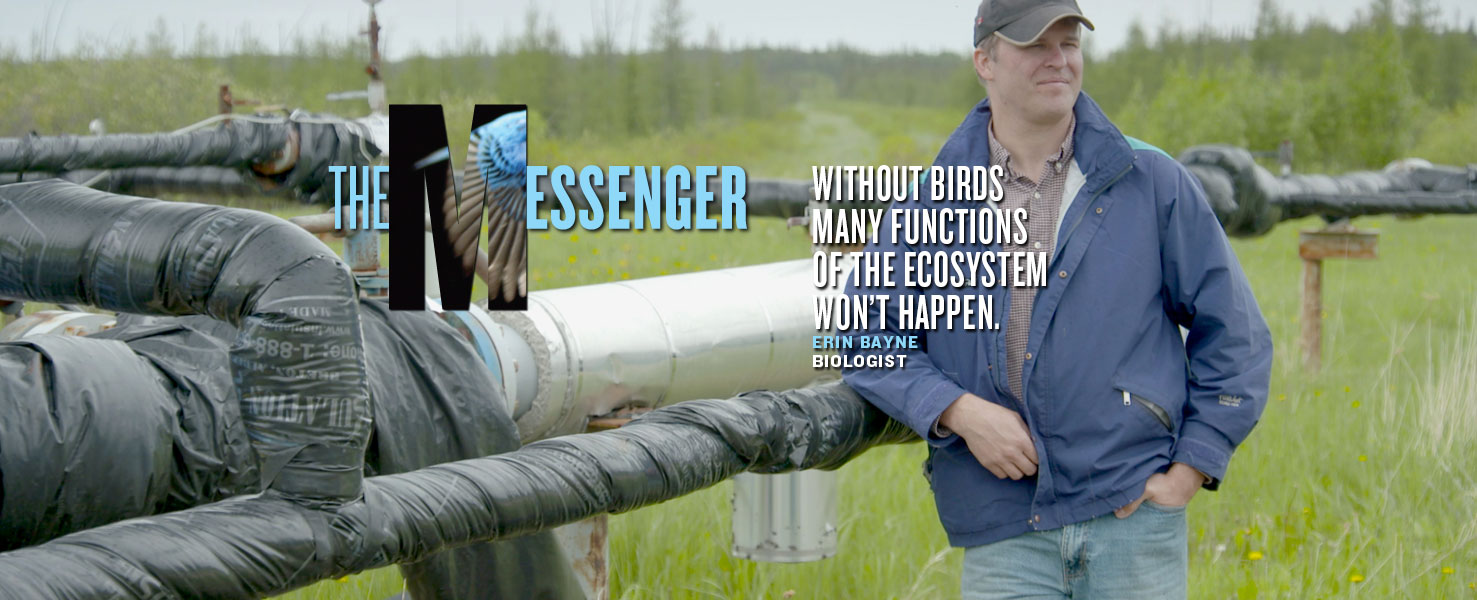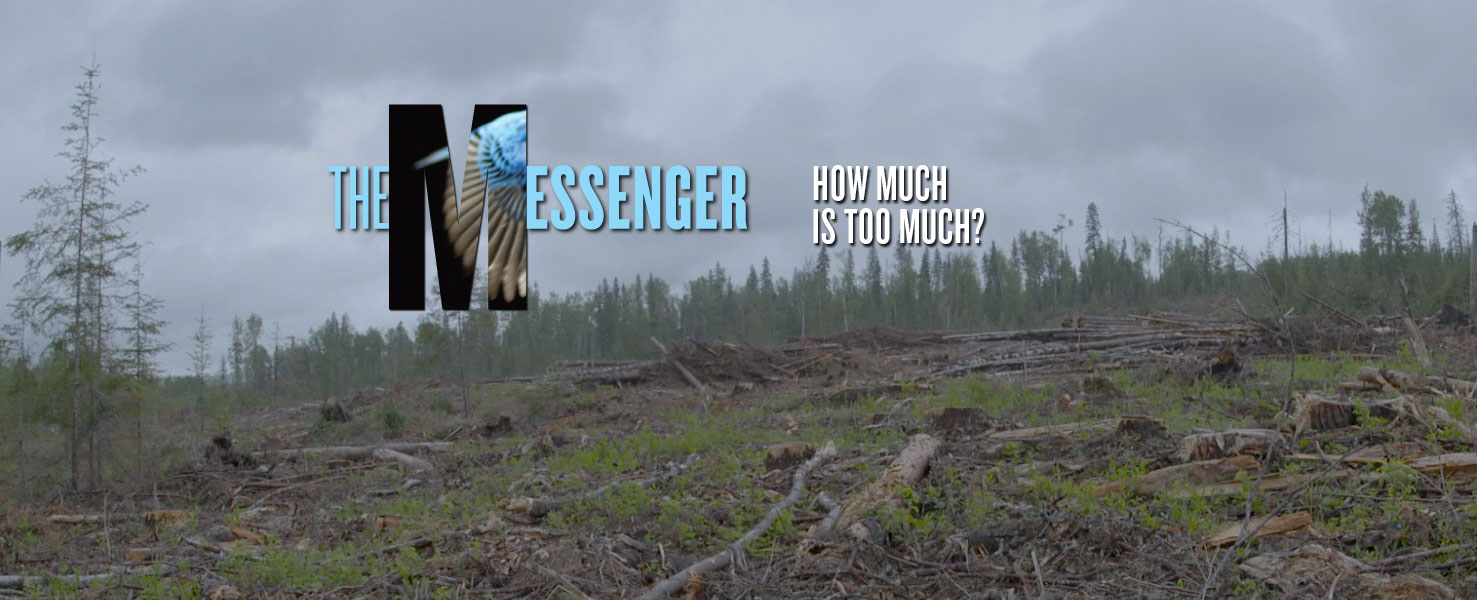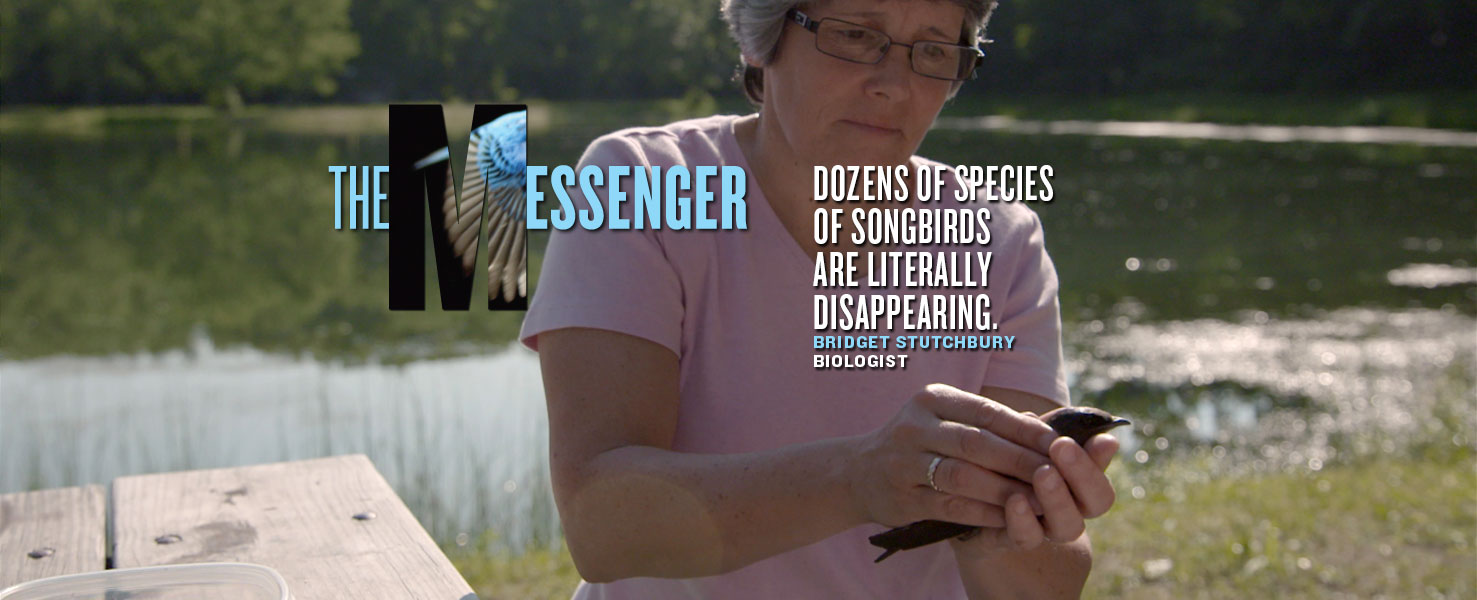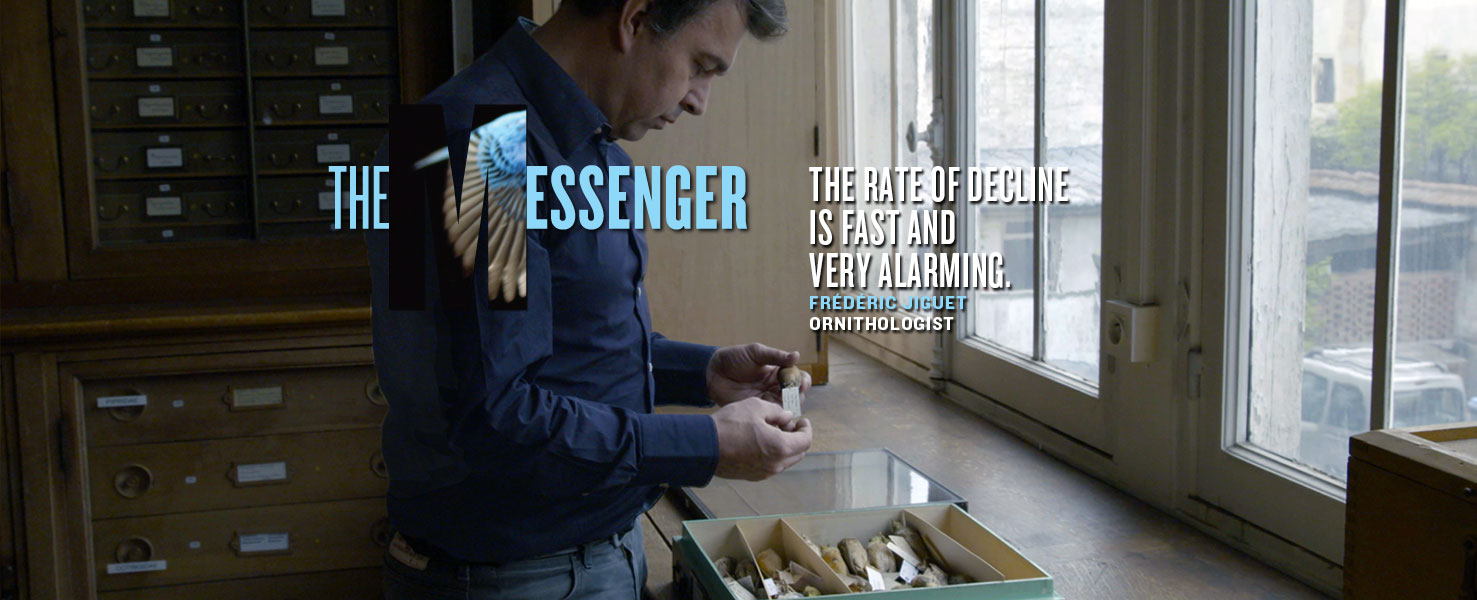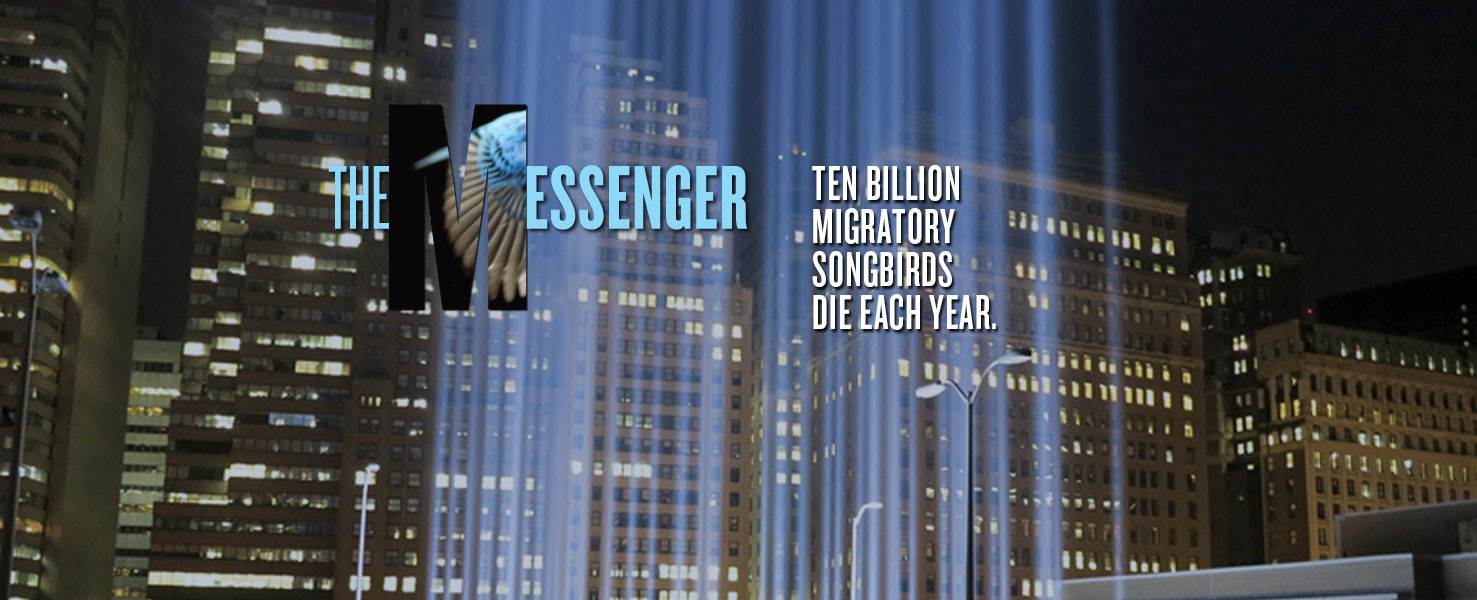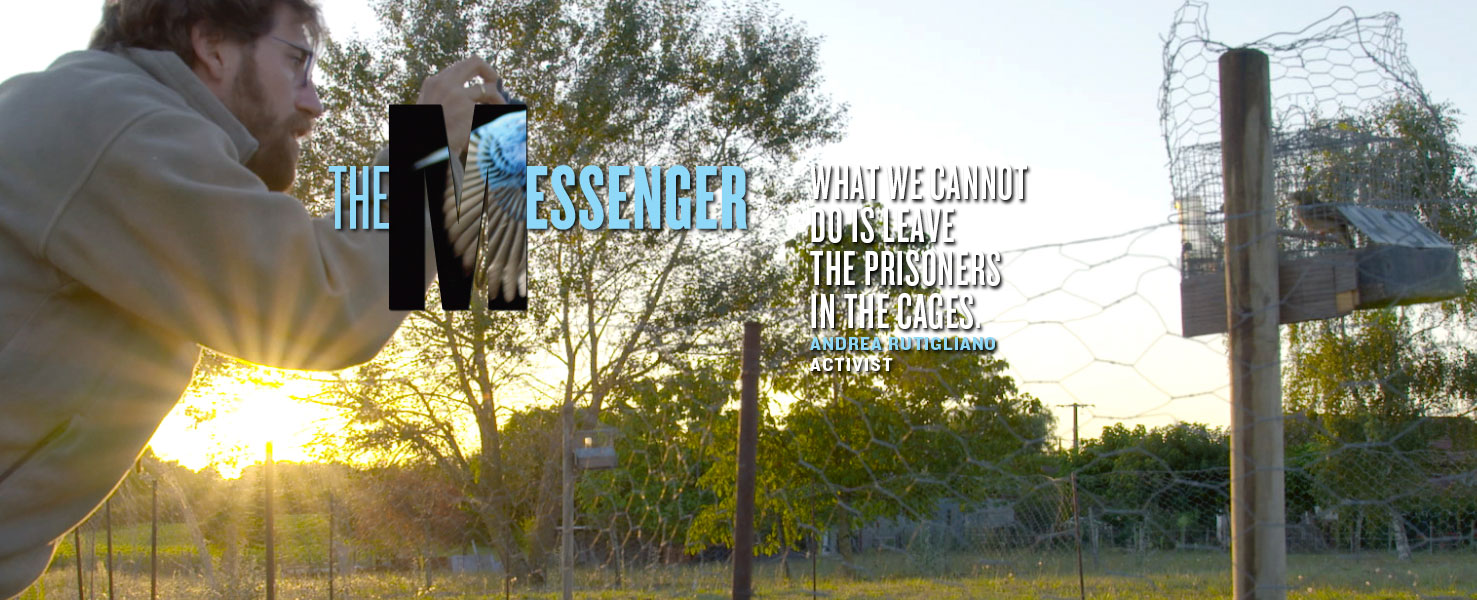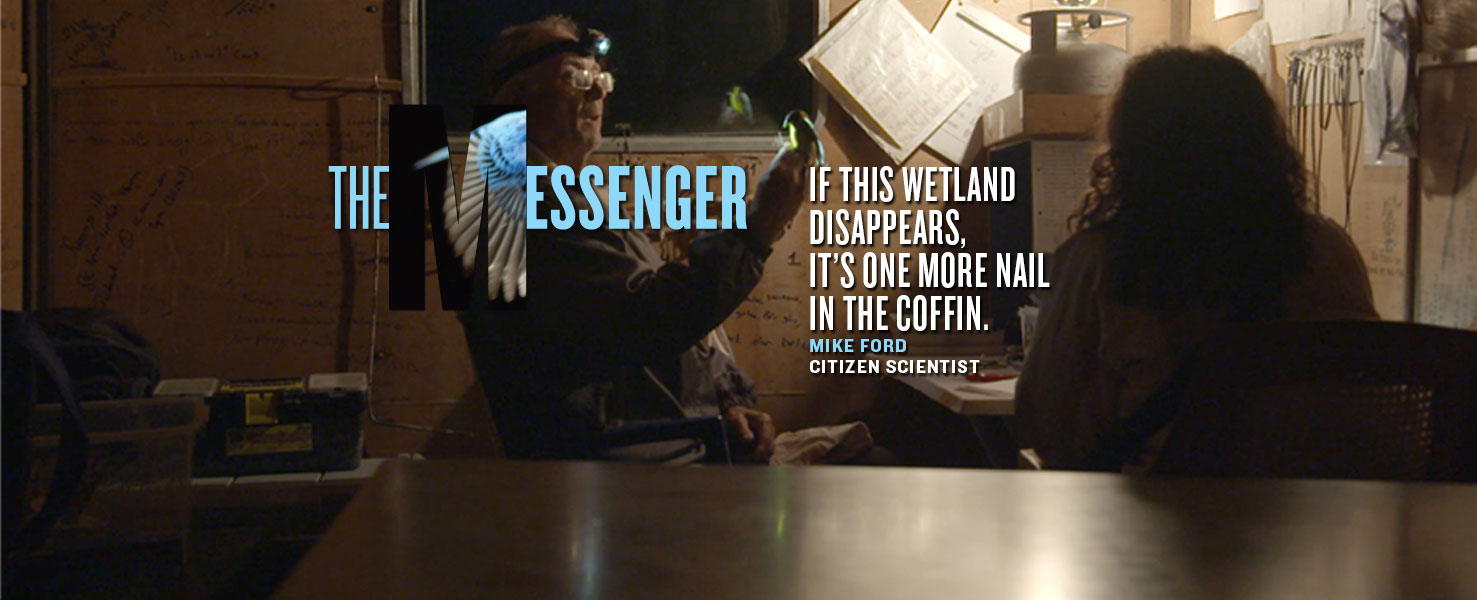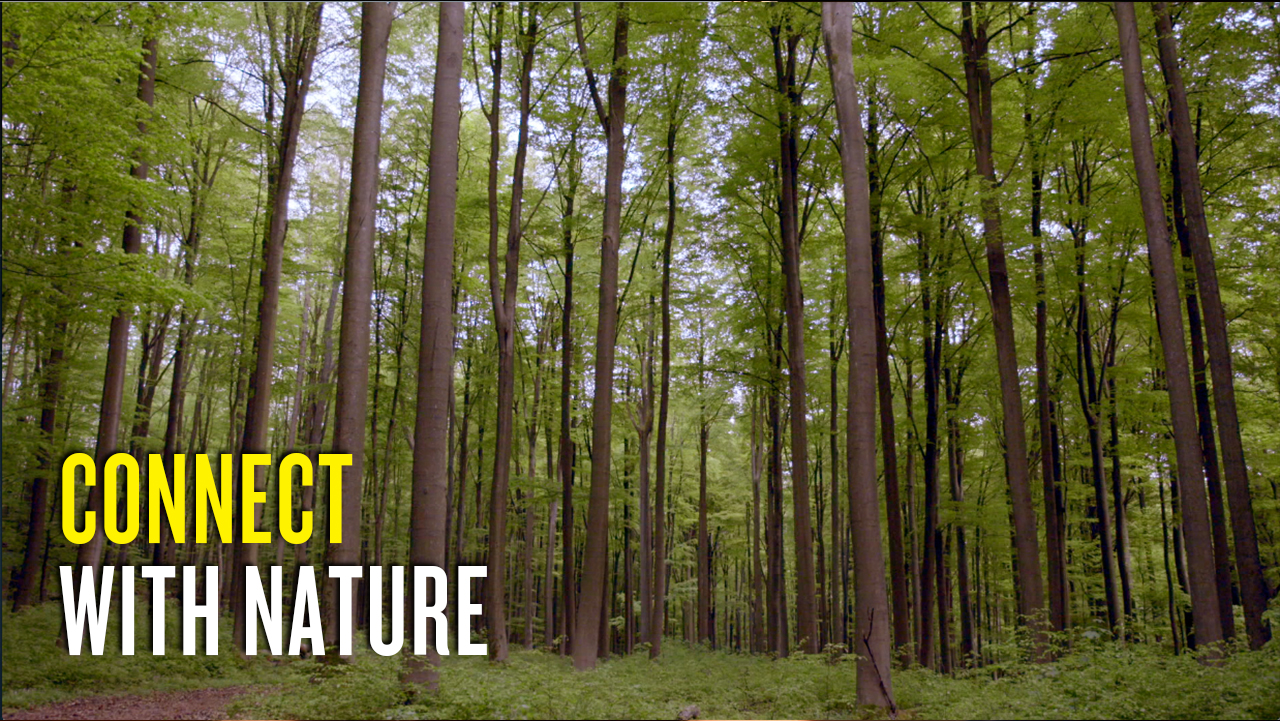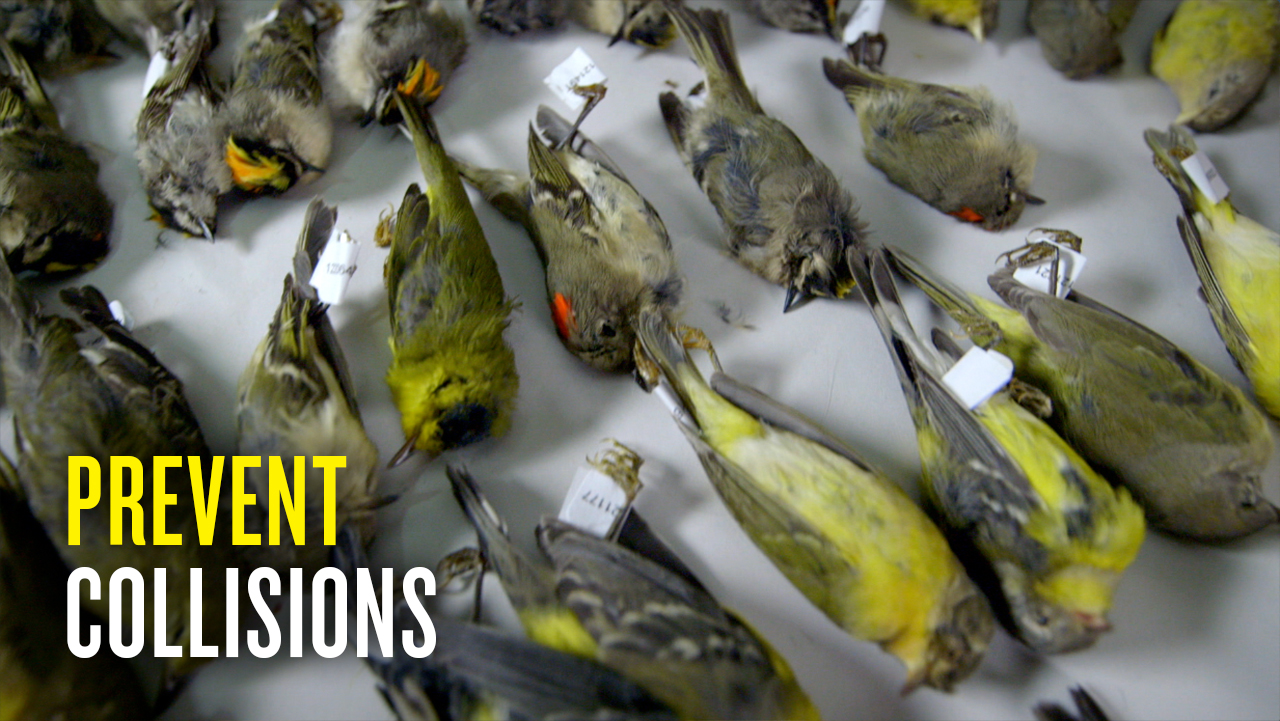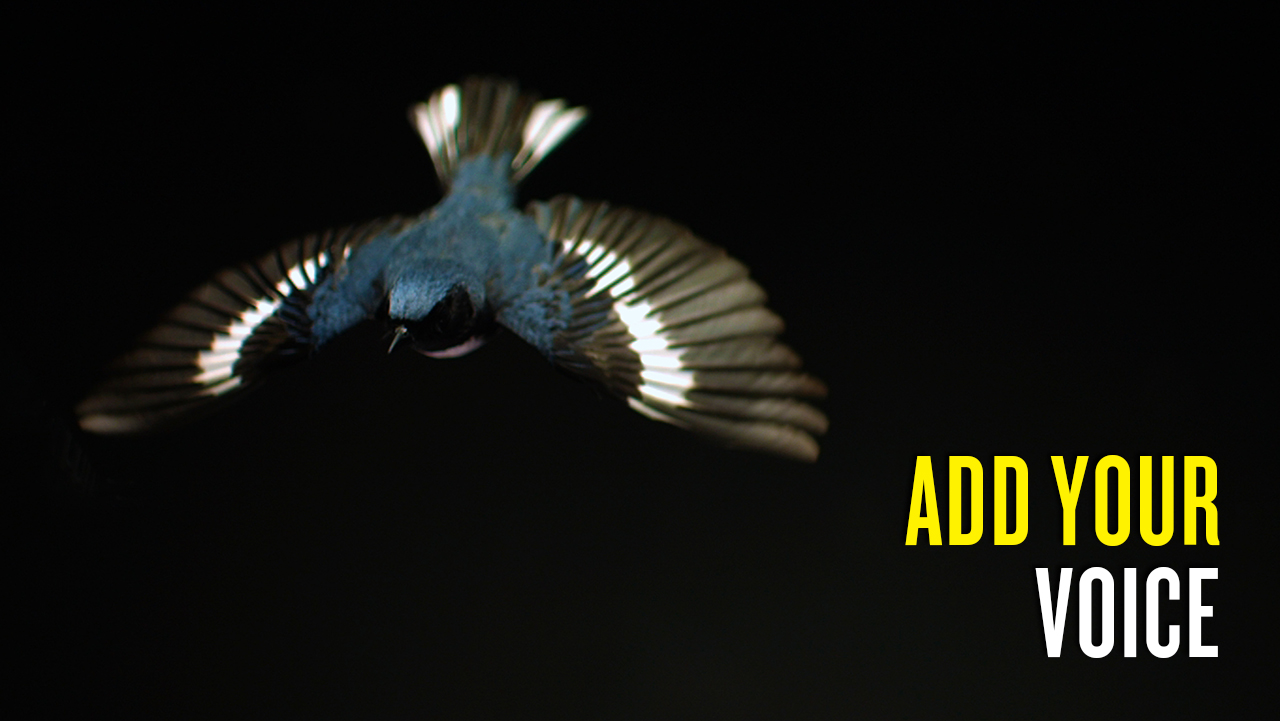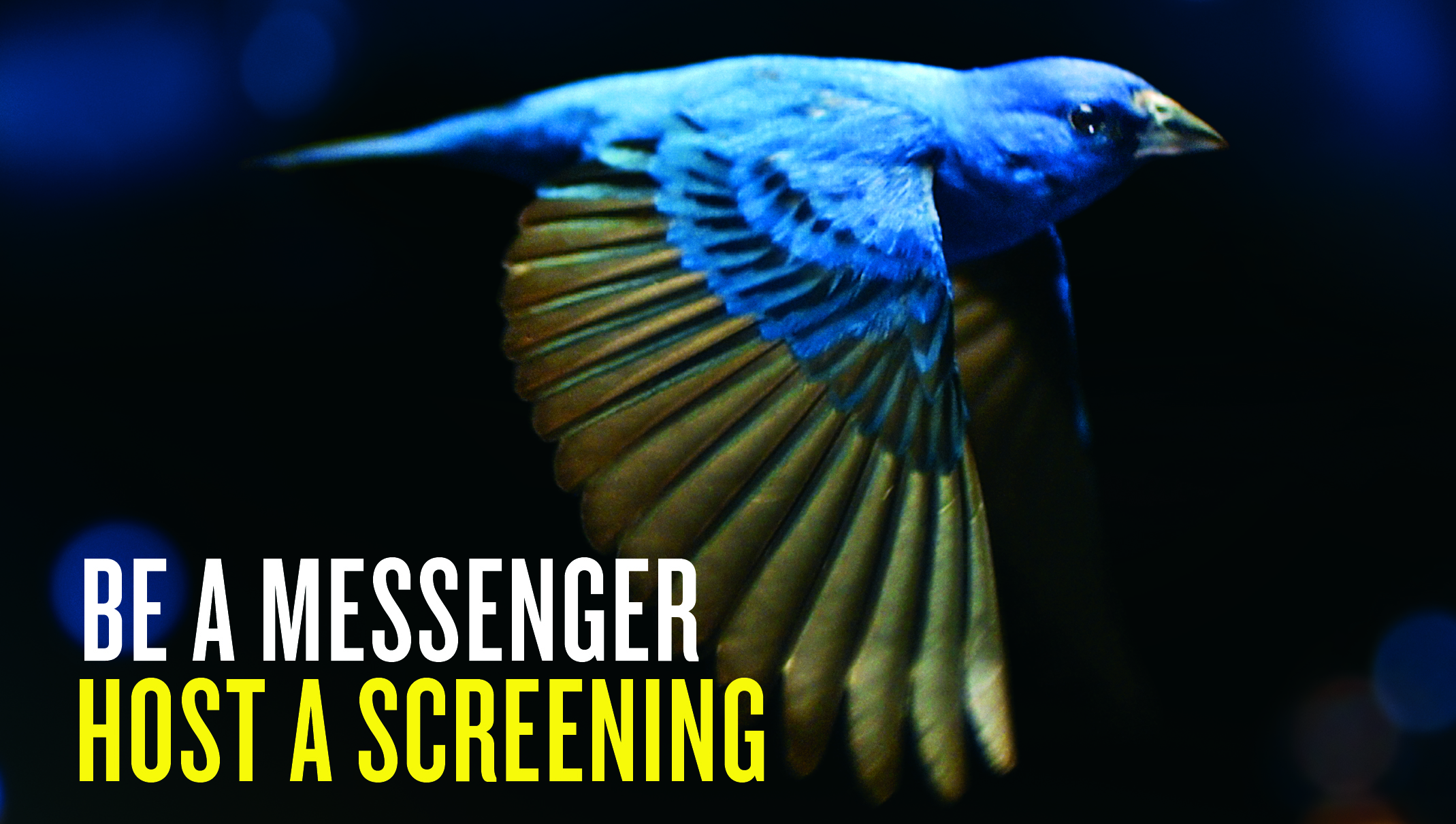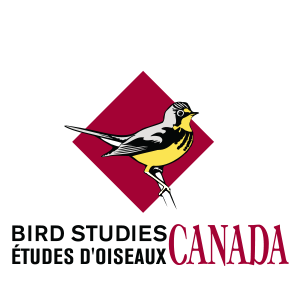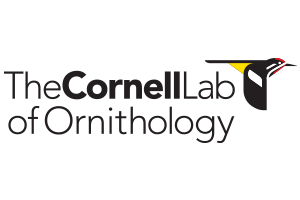YOU CAN MAKE A DIFFERENCE
The actions of the general public can be hugely beneficial for the environment. So what can regular folks like us do? Lots. The Cornell Lab of Ornithology teamed up with The Messenger’s filmmakers to bring you a list of ideas. You can read the full post here, or for quick tips, click on the images below.
If you would like to make a donation to support the Outreach and Impact campaign for the film, you can find out how here.
......................................................Click on the image to learn more.
Turn Your Habit into Habitat.
On Bird Friendly coffee farms in Latin America, migrants such as orioles, tanagers, and warblers—including the strongly declining Golden-winged Warbler—thrive alongside spectacular tropical residents such as toucans, motmots, and fantastical hummingbirds like the White-necked Jacobin. Buying Bird Friendly coffee certified by the Smithsonian Migratory Bird Center is one of the most direct ways you can fund habitat conservation in the tropics while supporting local economies. Looking for Bird Friendly® coffee instead of brands with a more generic “shade grown” label ensures that the product is organic, Fair Trade, and conforms to the highest standards of habitat quality.
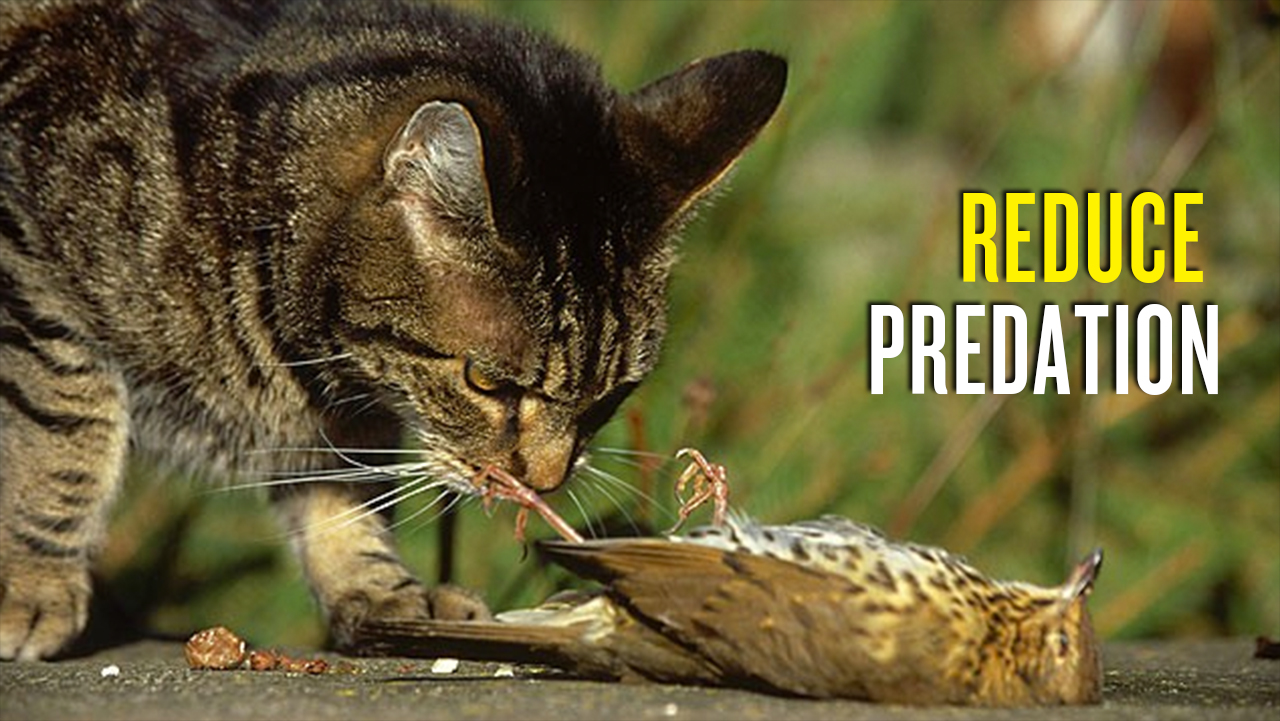
Keep Cats Indoors.
Canada’s bird are in trouble; some species have declined by over 90%. It’s estimated that 270 million birds die each year due to human factors such as collisions with windows, and hunting by cats. Cats, both pet and feral, cause 75% or approximately 200 million bird deaths a year.
Despite being one of the world’s most popular pets – more than 50,000 cats were euthanized because shelters couldn’t find them homes in 2011. And in just one year 1,300 dead cats were collected on the streets of Toronto. “While cats independent natures might lead some people to treat them like something between pet and wildlife, we owe them the same level of care we give our dogs,” says Eleanor Fast, Executive Director for Nature Canada. It’s important to remember that even well-fed cats will hunt and kill. Many bird enthusiasts have cats as cherished companions—but keeping them inside is good for the cat and good for the local wildlife. Learn more about what be done in Canada here . In the USA The American Bird Conservancy suggests some options here.
Bird Studies Canada is a supporter of the Nature Canada campaign.
Lend Your Eyes and Ears to the Cause.
Citizen science has become an indispensable tool for monitoring our environment. The observations of skilled, interested people scattered across the world provide data at a scale and level of sophistication that satellites and computer can’t match. There are many ways you can connect with nature, and chances are there’s a citizen-science project that can benefit from your participation. Check out Cornell Lab of Ornithology’s Citizen Science Program or Volunteer for Bird Studies Canada.
.....................................................Click on the image to learn more.
Make Windows Safer, Day and Night.
The collision toll in North America is estimated at 625 million birds per year, according to the 2014 State of the Birds Report. FLAP volunteers in Toronto arrange hundreds of brilliantly colored bodies—as tiny as hummingbirds and as large as ducks—as stark evidence of the toll that one city’s buildings can take. Although skyscrapers are the most obvious problem, the sheer number of small single-family buildings mean window safety at home is just as important. The issue has two parts: at night, lighted windows attract and kill migrating birds; in daylight windows reflect foliage or sky, encouraging birds to fly into them. Toronto’s Fatal Light Awareness Program has some suggestions on what you can do to make a difference at home and at work.
Save Half the Boreal Forest.
The Messenger pays a visit to Alberta’s Boreal Forest with Erin Bayne. This vast boreal region is the planet’s nursery for billions of birds. It’s an ecosystem so big, the film says, that you can watch global carbon dioxide levels drop as the forest wakes up each spring and summer. And yet it’s being nibbled away by timber harvest, energy extraction and other types of fragmentation. The Boreal Birds Need Half campaign is a push by the Boreal Songbird Initiative and partners to ensure that some of this vast wilderness is set aside for the future.
Follow the links below for more ways to ADD YOUR VOICE.
http://www.birdscanada.org/volunteer/programmap/index.jsp?lang=EN
http://www.birds.cornell.edu/citsci/take-action/
http://www.audubon.org/takeaction
http://naturecanada.ca/get-involved/take-action/
http://abcbirds.org/get-involved/take-action/
http://www.sierraclub.ca/en/node/1534
http://catsandbirds.ca/take-action/
Be a Messenger: Host a Screening.
We’ve partnered with Tugg.com, a service that enables individuals, groups, and organizations to set up personalized screenings of The Messenger in theaters and community venues across the United States. In Canada and internationally you can request a community screening by contacting us here.
This page is adapted from 7 Things You Can Do To Help Songbirds If You’ve Just Watched The Messenger by Hugh Powell.
You can contact us by email: info@songbirdsos.com

